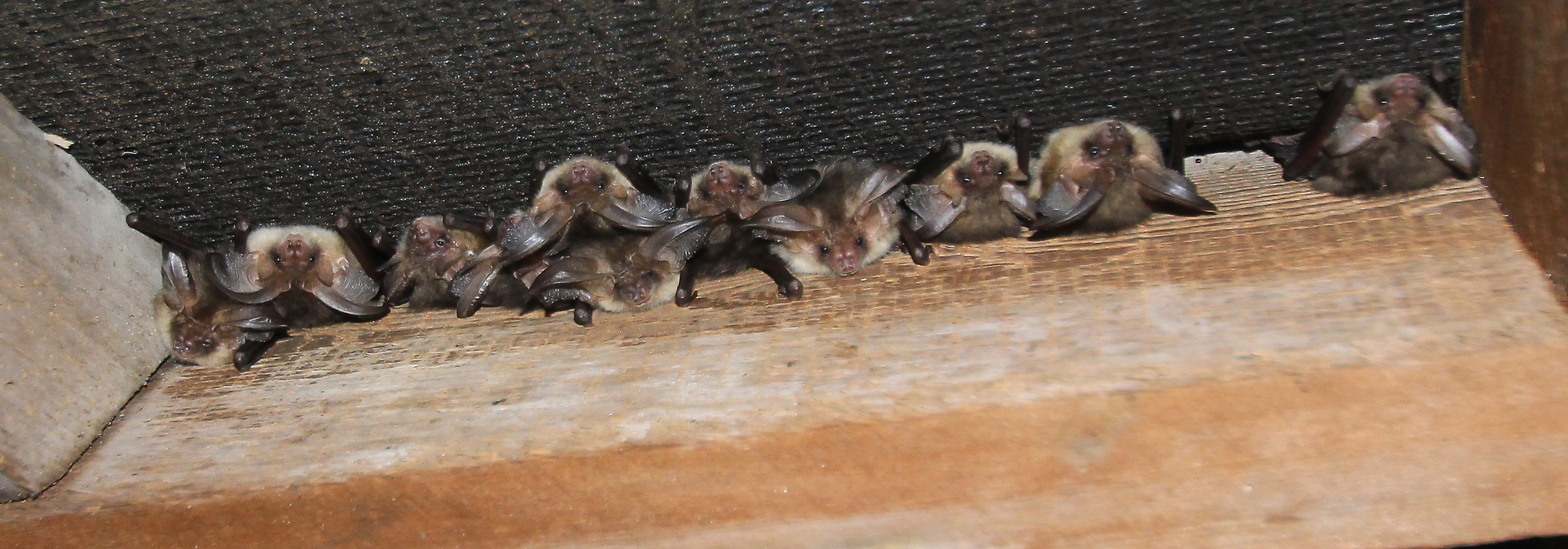Approach
The extent of grassland within the site was minimal but contiguous with grassland in an adjacent site and provided suitable habitats for reptiles. Reptile surveys were carried out comprising seven walked transects in suitable habitats, during which artificial and pre-existing refuges were checked for the presence of reptiles and amphibians. No reptiles were recorded and it was concluded that this group of species would not pose a constraint to subsequent development of the site.
The older 19th century hospital buildings provided a multitude of opportunities for roosting bats. Internal inspections recorded more than 20 brown long-eared bats roosting in the roof, together with very heavy build-ups of droppings and feeding remains. Given the late stage of the survey season and much lower suitability of more modern buildings, we recommended a two-visit scoping survey to establish the species using the site. Eight species of bat were recorded during emergence surveys and passive monitoring within the loft spaces. Confirmed roosting features were recommended for retention within development proposals, and a comprehensive programme of surveys was formulated for the following season.
Outcome
The client is currently considering whether to undertake the additional work and submit a planning application itself, or to promote the site for sale without planning permission.
If you’re thinking of submitting an application for a site in your portfolio, and want to know the site’s ecological value or the implications for development, please contact us now.


